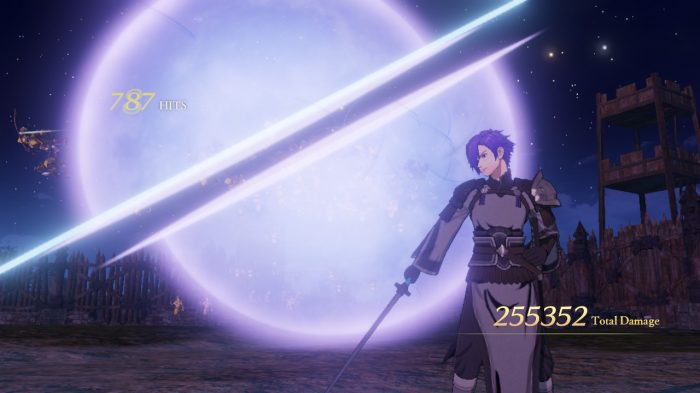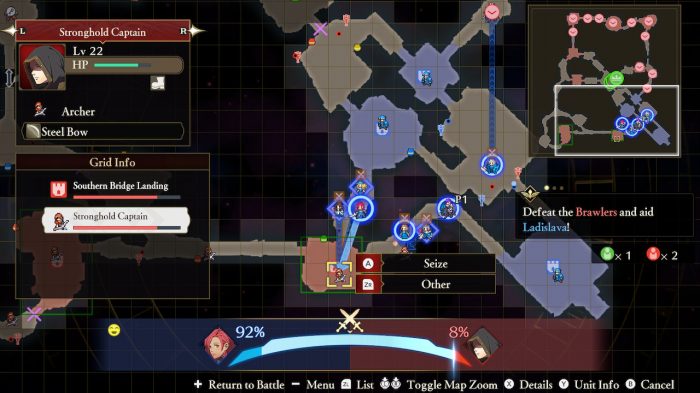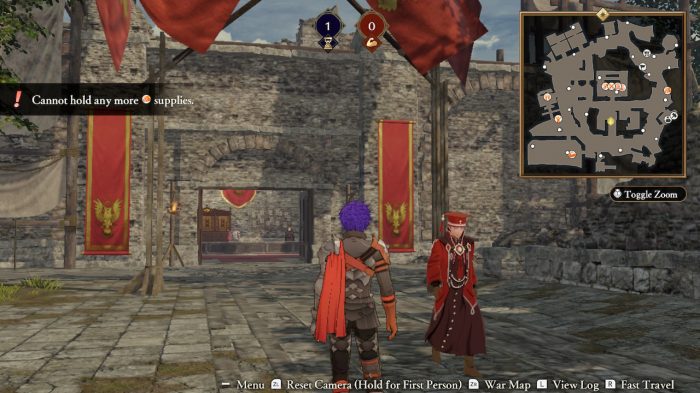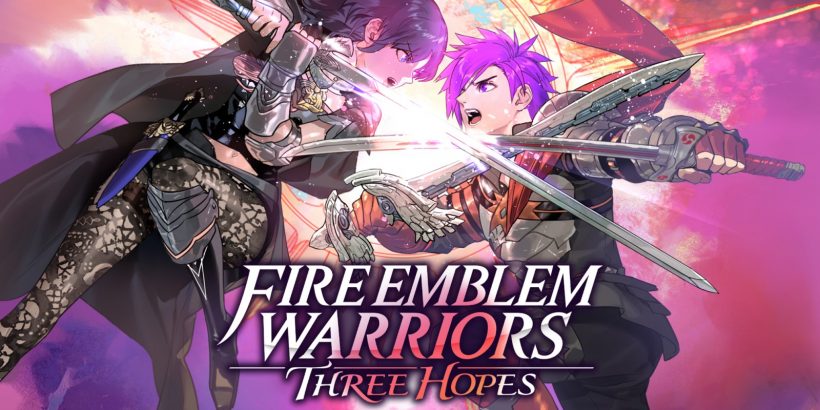The first titles from the partnership between Nintendo and Omega Force, Hyrule Warriors and Fire Emblem Warriors, were both heavily centered on fanservice due to their premise of picking the most famous characters from each franchise and throwing them into an arena against thousands of enemies.
Sure, there was a narrative in place there, but it didn’t feel much more than an elaborate excuse for you to play with all those iconic characters. Hyrule Warriors: Age of Calamity was different, as it focused on Breath of the Wild’s world, telling us a somewhat canonic new narrative within that universe. Fire Emblem Warriors: Three Hopes is basically the same, except it focuses on a ‘what if’ type of narrative set in Fire Emblem: Three Houses’ Fódlan.

At first glance, Three Hopes seems to be a game tailored for a very specific audience, which consists of people who have played (and enjoyed), not only Fire Emblem: Three Houses, but also the famously-repetitive gameplay encountered in Musou titles. Indeed, if you find yourself in this select group, Three Hopes is a must, as it mixes the best from both games in order to deliver an experience that feels true to the two franchises. Yet this game has enough meat on the bone to be extremely worthwhile for newcomers alike, all thanks to how it chooses to present a narrative that is at once engaging and surprising.
Similar to Fire Emblem: Three Houses, Three Hopes focuses on the heirs to the three biggest countries from the Fódlan continent. Edelgard from the Adrestian Empire, Dimitri from the Kingdom of Faerghus, and Claude from the Leicester Alliance are all gathered with their most loyal vassals and friends at the Garreg Mach Monastery, where they must study together in order to become fit leaders for their respective nations. While the continent seems to be in a long-running period of peace, it doesn’t take much before things go sour between the three nations, and an all-out war spreads across the land.

While that premise will feel familiar to Fire Emblem: Three Houses players, Three Hopes does have its own way to tell this narrative. For starters, the player is not in the shoes of Byleth anymore. Instead, you control a new mercenary named Shez. Byleth is still an essential character in the narrative, being a fearsome mercenary known as the Ashen Demon. This basic change of roles may feel small, but it creates a kind of butterfly effect, where the narrative progressively differs due to these changes. In addition to that, Three Hopes also features the multi-path approach seen in Three Houses, which means that you actually have three different narratives to choose from, where you can align to each of the three main protagonists.
On top of the three new narratives, Three Hopes also fundamentally changes the combat in order to incorporate the standard one-vs-hundreds combat system that is present in most Musou games. To some, this may be the most contentious aspect of Three Hopes, because, similarly to most Musous, the combat in Three Hopes can be seen as a repetitive and limited action-focused experience where simple button-mashing can suffice. And, well, part of that is true. However, Three Hopes incorporates many strategic elements from the Fire Emblem series, which really helps to transform the basic combat into a multi-layered strategic experience.

For starters, Three Hopes uses FE’s classic weapon system, which means that you must make strategic use of your characters in order to fight on advantage. This may sound like a simple addition, but it totally changes the flow of battle, turning each scenario into a much more engaging battle when compared to other Musou games such as Hyrule Warriors: Age of Calamity. During combat, you can pause the game at any time to have an overview of the map, which allows you to send orders to specific team members. By making use of that system, you can have a much better strategic control of the battle scenario, sending your allies to fight for you in different parts of the map.
There is also a huge strategic layer present in-between missions, where you can upgrade your encampment, spend time with people to improve your relationships, and also train to unlock new classes. In that specific regard, the amount of customization Three Hopes offers is simply astonishing. You can train characters in many unique ways, choosing between dozens of different classes. Unfortunately, the same can’t be said about the expedition mechanic. The idea is that you can go on outings with friends, talking about different subjects along the way, but it is a limited and repetitive mechanic that feels artificial and cringe-worthy. Thankfully, other specific relationship mechanics work quite well and offer an interesting way for you to get to know your companions better.

With all these many complementary systems, Fire Emblem Warriors: Three Hopes delivers an experience that goes way beyond what most Musou games have offered, presenting a familiar yet new experience that is engaging throughout.
Fire Emblem Warriors: Three Hopes £49.99
Summary
Calling Fire Emblem Warriors: Three Hopes a Musou almost feels like a disservice. It is a game that recontextualizes the most interesting elements from the Fire Emblem series into a new experience that is equal parts familiar and unique.

